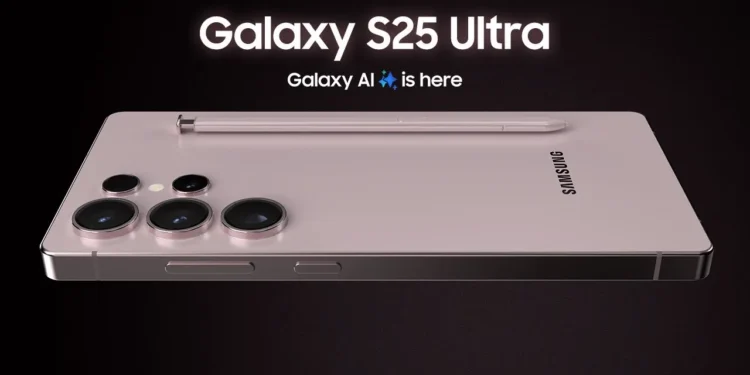Samsung’s latest flagship, the Galaxy S25 Ultra, has just undergone the meticulous scrutiny of popular YouTuber Zack Nelson from JerryRigEverything. Known for his rigorous durability tests, Nelson’s findings this year reveal a mix of resilience and surprising compromises that could influence consumer choices.
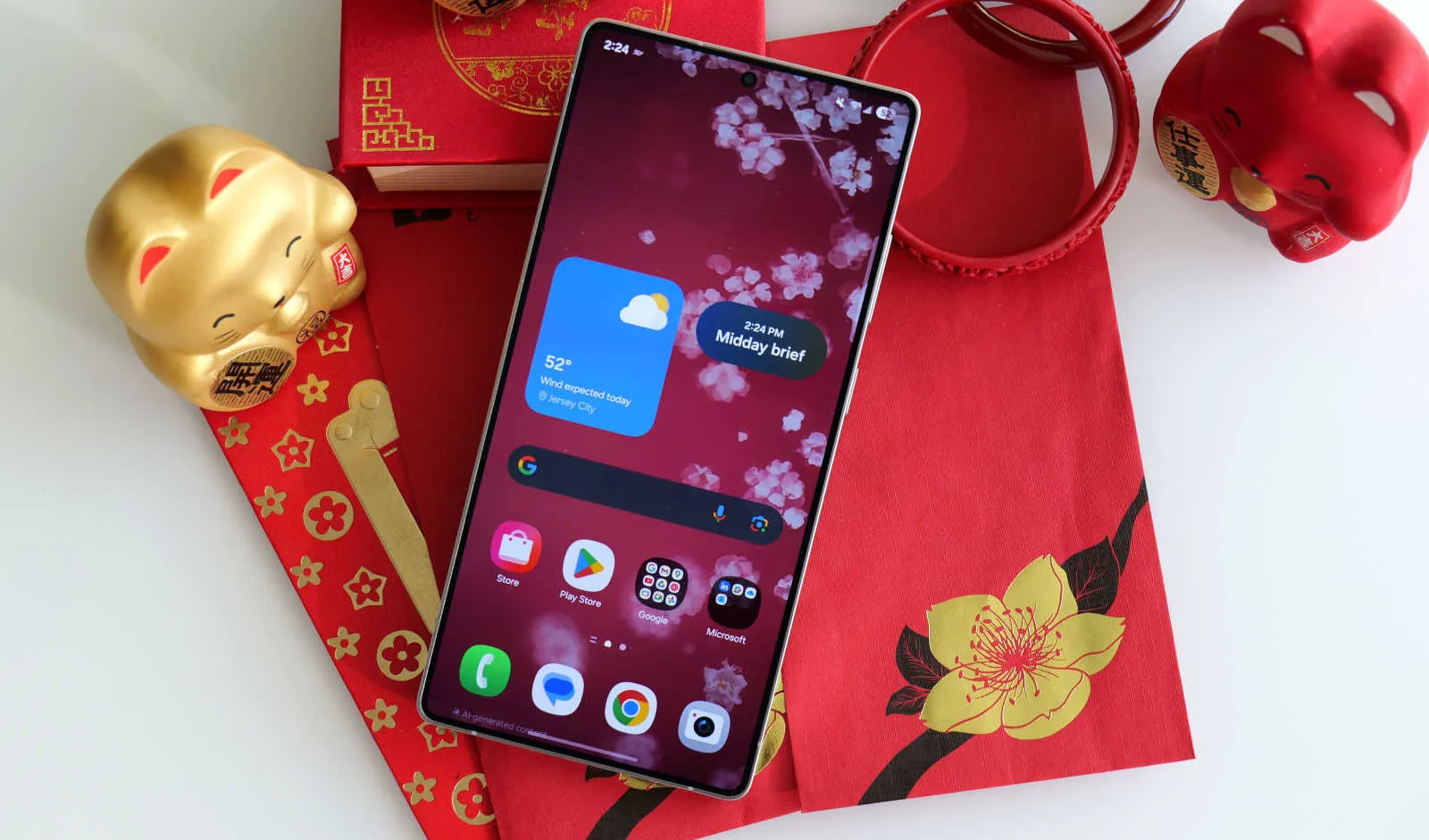
A Step Back in Screen Durability
Last year, the Galaxy S24 Ultra set high expectations with its Corning Gorilla Armor Glass that resisted scratches up to a level 8 on the Mohs hardness scale. Fast forward to this year, and it seems Samsung has taken a puzzling step back. Nelson’s latest test shows the S25 Ultra’s screen beginning to succumb to scratches at just level 6, a downgrade that might leave fans disappointed.
“I’m not too sure what’s going on here with the glass at level 6,” commented Nelson. This change could indicate a shift in material choice or manufacturing process, intended perhaps to balance cost or other manufacturing priorities. “It could be that the glass might just have been a tad too brittle last time so they dialed it back with Gorilla Armor 2,” he speculated. Either way, a screen protector is now more a necessity than an option.
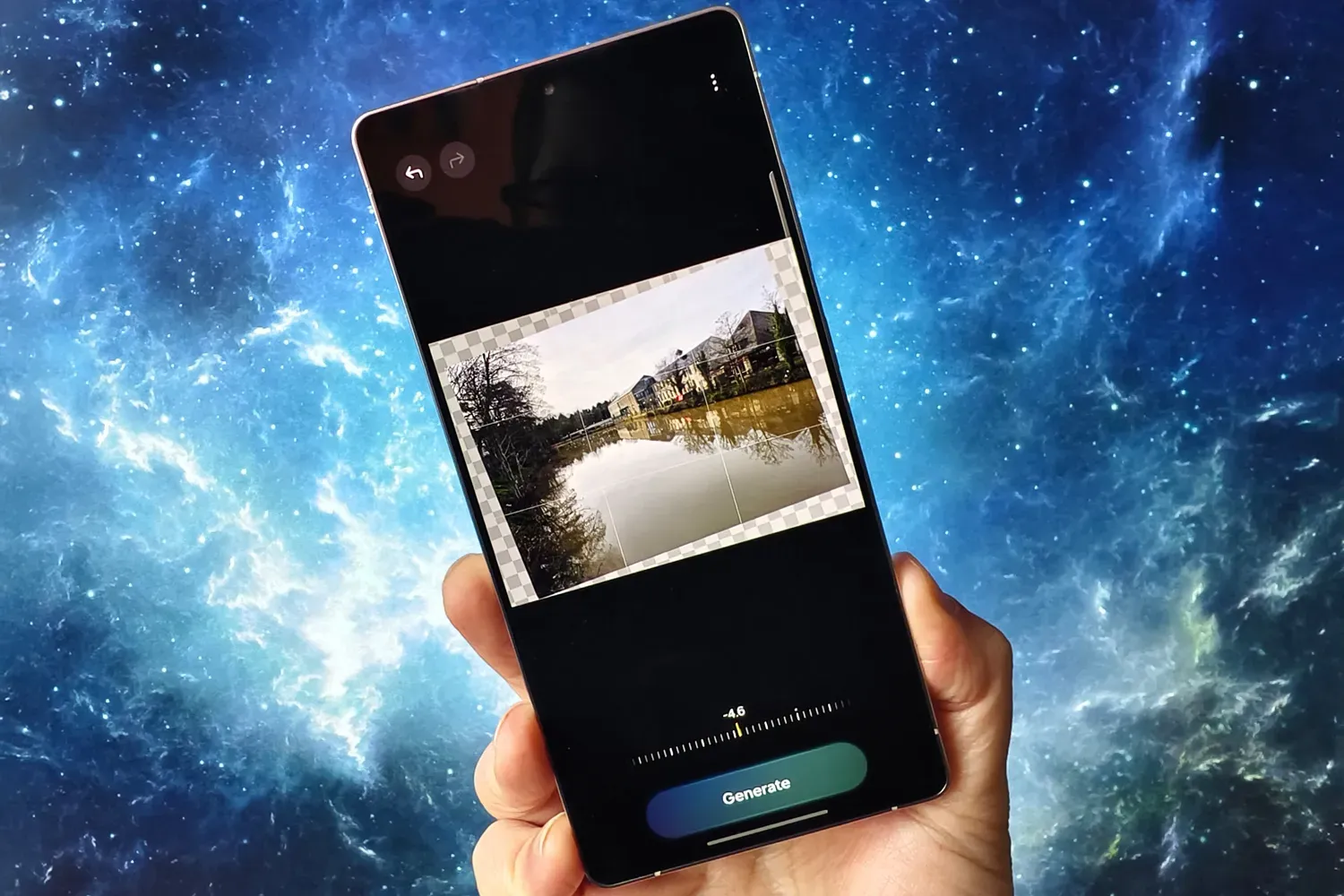
Camera Construction: Functional or Just Aesthetic?
Another change that Nelson pointed out is the design of the camera rings on the back of the S25 Ultra. Unlike last year’s model, where the camera was flush with the phone’s body, the S25 Ultra features slightly elevated, flexible camera rings. While they might survive minor impacts, Nelson’s tests show these rings popping off under stress, likening them to “just glued into place like a pair of fake eyelashes.”
This modification not only raises concerns about the durability and longevity of the camera system but also about the overall build quality of what should be a premium device. Nelson’s sharp critique didn’t stop there, as he also noted a “botched and oddly out-of-focus Samsung label” on his test unit, further questioning the manufacturing consistency.
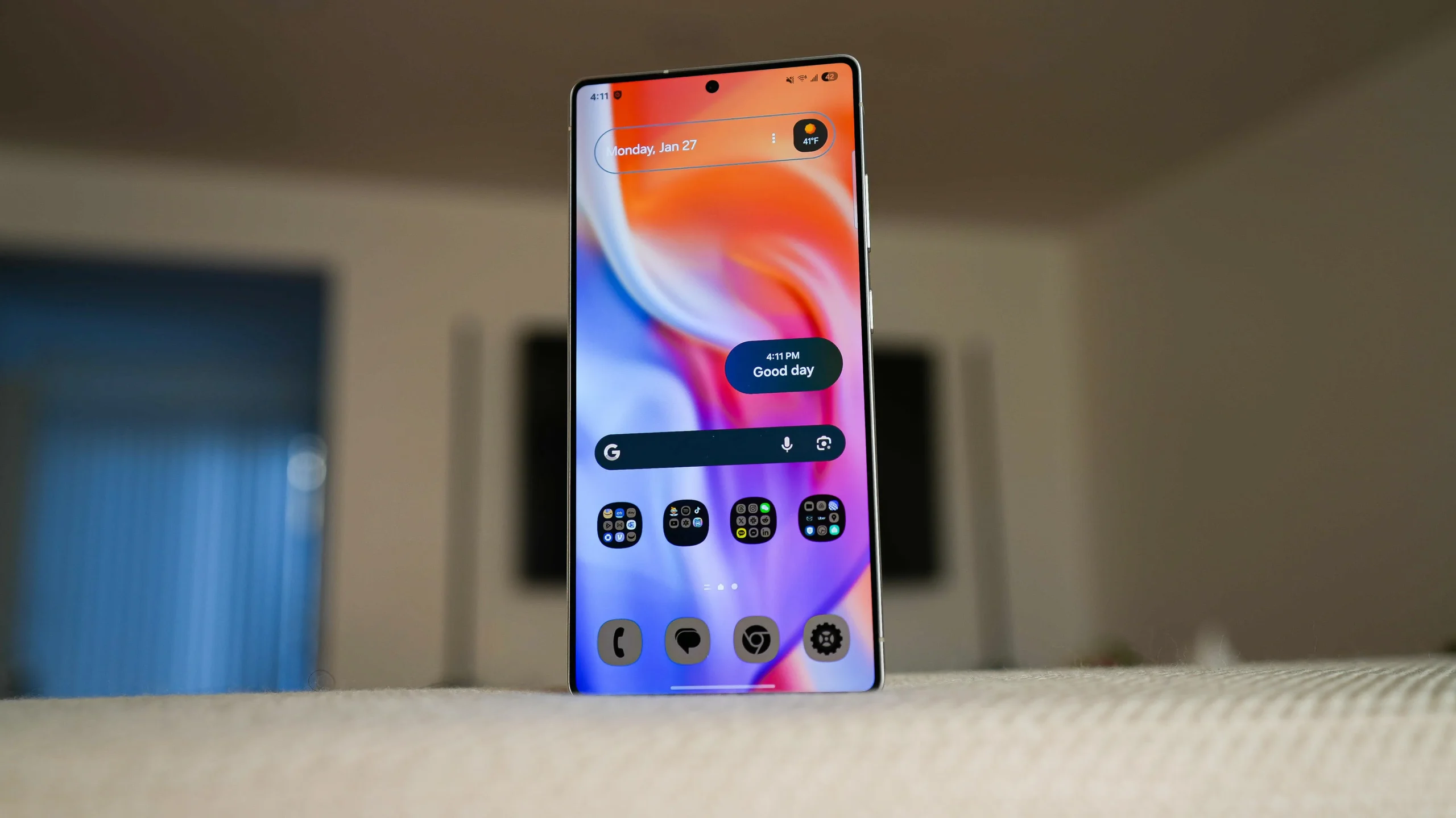
The Curious Case of the S Pen
The S Pen, a hallmark of Samsung’s Ultra series, has also seen a downgrade. This year, Samsung removed the Bluetooth functionality, which previously enabled innovative features like Air Gestures and remote camera control. This change has not sat well with the community, leading to a petition for its reinstatement in future models. During Nelson’s durability test, the S Pen snapped in half, revealing a hollow interior where the battery used to be. While this might suggest a lighter design, it also highlights the removal of features that many users found valuable.
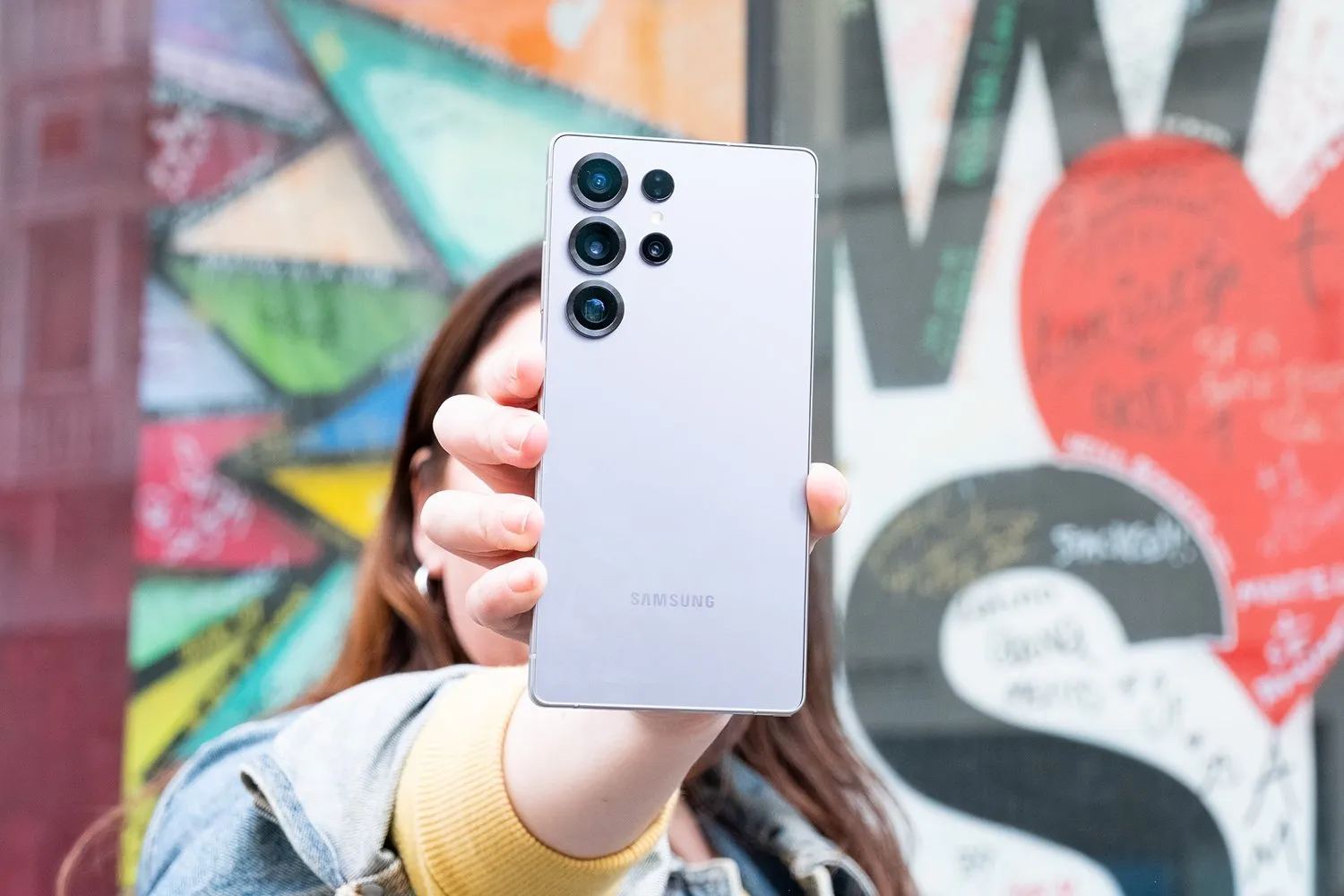
Durability Meets Design: A Balancing Act
Despite these drawbacks, the Galaxy S25 Ultra still showcases significant resilience in other areas. Its titanium frame holds up well against direct knife scratches, and it remains robust in bend tests. Moreover, the display withstands direct heat from a lighter for about 30 seconds before showing permanent damage, attesting to its overall toughness.
While the Galaxy S25 Ultra remains a top contender in the high-end smartphone market, particularly for those seeking the latest Snapdragon 8 Elite chipset, these unexpected compromises suggest that potential buyers might want to consider last year’s model or invest in additional protections like a reliable screen protector. As the smartphone market continues to evolve, Samsung’s choices remind us that even flagship devices can have their vulnerabilities.

